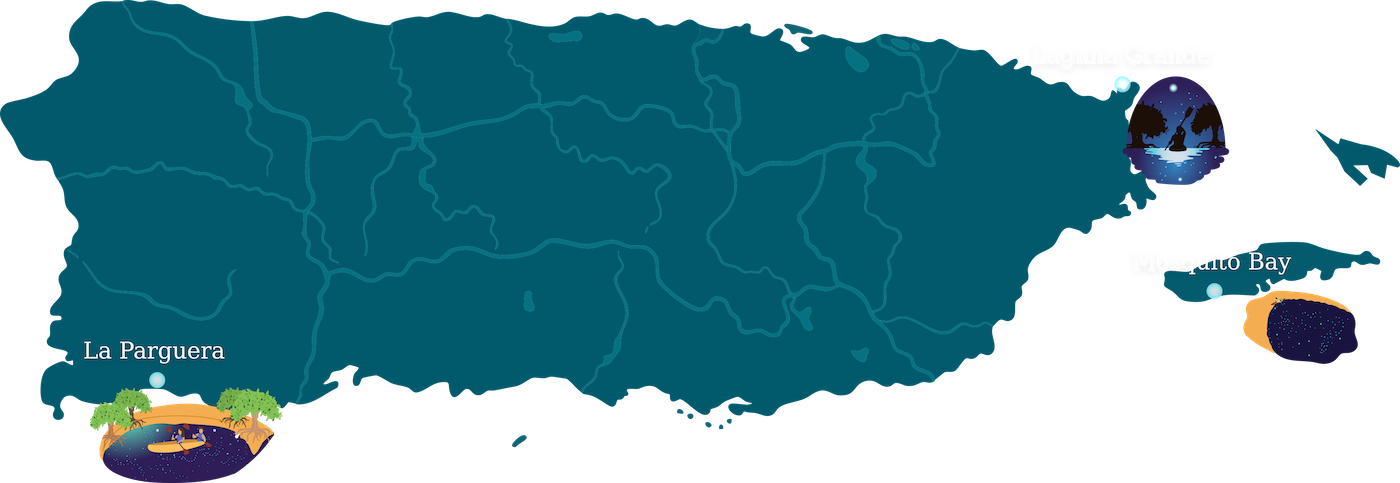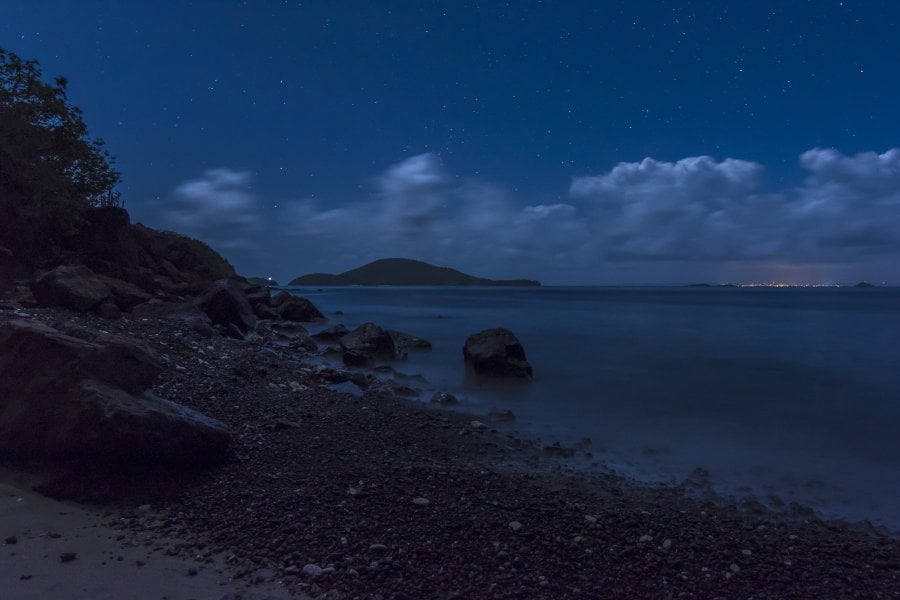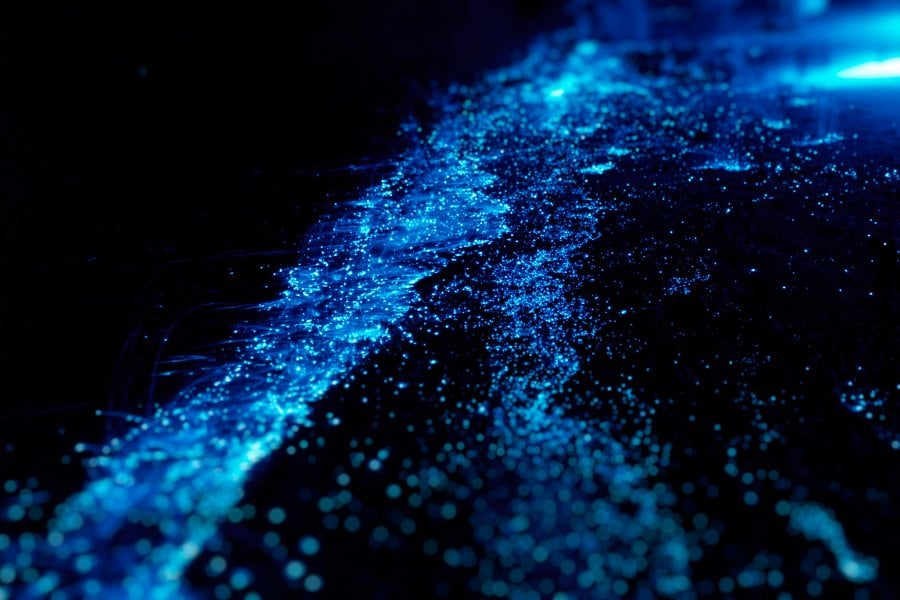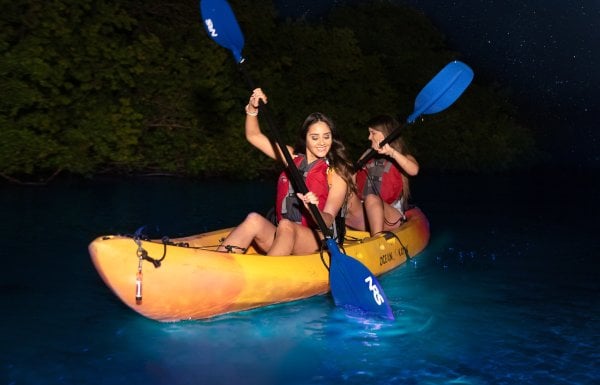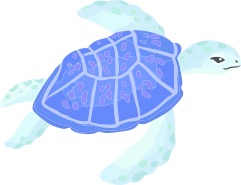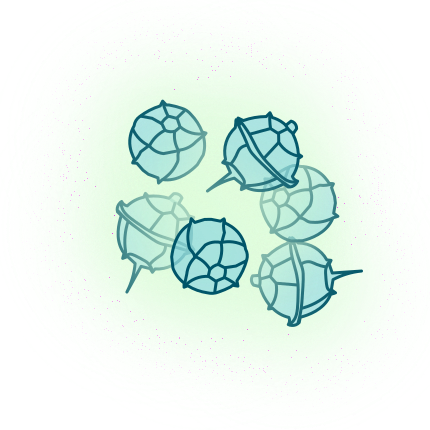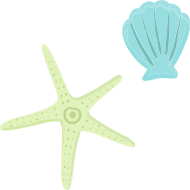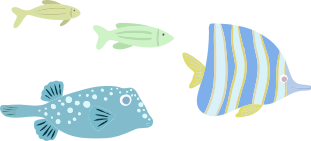Puerto Rico’s Bio Bays
Of the only five bioluminescent bays in the world, three are in Puerto Rico—a testament to the Island’s rich and vibrant ecosystems. These rare natural wonders are more than just breathtaking sights; they are living, glowing reminders of the delicate balance of nature and Puerto Rico’s deep connection to its waters.
Located in the municipalities of Lajas, Fajardo, and Vieques, these bio bays offer visitors a chance to experience something truly extraordinary. Paddling through the still waters of Mosquito Bay, gliding across Laguna Grande, or exploring La Parguera is not just an adventure—it’s an invitation to connect with nature in one of its most mesmerizing forms. The glow beneath the surface is a reflection of something greater: the Island’s beauty, resilience, and the magic that stays with you long after you leave.
